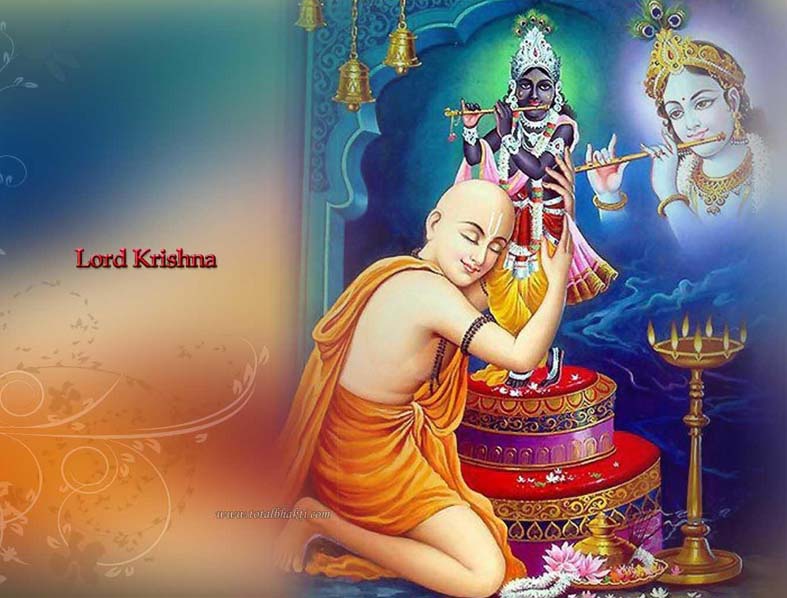Abhigya Mahajan
Navdha Bhakti, often referred to as the Nine Paths of Devotion, is a central concept in Hinduism that delineates various ways individuals can express their love and devotion towards the divine. Bhakti, which translates to ‘devotion’ or ‘love’, forms the core of Hindu religious practices, emphasizing a personal and emotional connection with the divine. Navdha Bhakti offers a diverse range of paths for individuals to choose from, depending on their inclinations and temperaments, to deepen their spiritual connection.
Shravanam: Listening to the Divine
The first path of Navdha Bhakti is Shravanam, which involves attentive listening to the divine stories, hymns, and scriptures. Devotees immerse themselves in the teachings of the sacred texts such as the Bhagavad Gita, Ramayana, Mahabharata, and Puranas. Through this practice, they gain knowledge and understanding of the divine, cultivating a deeper sense of love and devotion.
Kirtanam: Singing Praises
Kirtanam involves singing the glories and praises of the divine. Devotees gather in congregational settings, often accompanied by musical instruments, to chant the names and attributes of their chosen deity. This communal singing creates a powerful atmosphere of devotion, promoting a sense of unity and spiritual ecstasy.
Smaranam: Remembering the Divine
Smaranam is the practice of constant remembrance of the divine. Devotees keep their chosen deity in their thoughts throughout the day, offering prayers and gratitude. This path encourages a continuous connection with the divine, even in the midst of daily activities.
Padasevanam: Serving the Divine
Padasevanam emphasizes serving the divine through selfless acts of love and devotion. Devotees believe that serving humanity is a way to serve the divine. This path fosters compassion, humility, and a sense of duty towards all living beings.
Archana: Worship and Rituals
Archana involves elaborate rituals and ceremonies performed to honor the divine. Devotees offer flowers, incense, food, and other offerings to their chosen deity in a meticulous manner. Through these rituals, they establish a tangible connection with the divine.
Vandana: Paying Homage
Vandana is a path of devotion that involves prostration, bowing, or offering obeisance to the divine. Devotees physically humble themselves before their chosen deity, expressing their reverence and surrender.
Dasyam: Being his Servant
Dasyam involves the deep-seated belief of being a servant of the divine. Devotees consider themselves as instruments in the hands of the divine, ready to fulfill the divine will without ego or attachment.
Sakhyam: Developing a Personal Relationship
Sakhyam encourages devotees to develop a personal, loving relationship with the divine, akin to the relationship between friends. This path promotes a sense of intimacy and familiarity with the chosen deity.
Atmanivedanam: Surrendering the Self
The final path of Navdha Bhakti, Atmanivedanam, is the ultimate surrender of the self to the divine. Devotees completely relinquish their ego and individuality, seeking unity and oneness with the divine.
In the ancient Satyuga, Bhakt Prahlad had unveiled the nine paths of devotion to his father, Hiranyakashipu. Later, during the Tretayuga, Lord Shri Ram ji shared the knowledge of Navdha Bhakti with Maa Shabri, igniting her devotion. Navdha Bhakti offers a diverse range of paths to express one’s devotion in Hinduism. These paths cater to the varied temperaments and inclinations of individuals, allowing them to choose the path that resonates most with their spiritual journey. Whether through listening, singing, remembering, serving, or any of the other paths, devotees find ways to cultivate a deep and personal connection with the divine. Ultimately, Navdha Bhakti serves as a guiding light for those seeking spiritual growth and an enduring bond with the divine in the rich tapestry of Hindu religious practices.
Trending Now
E-Paper


